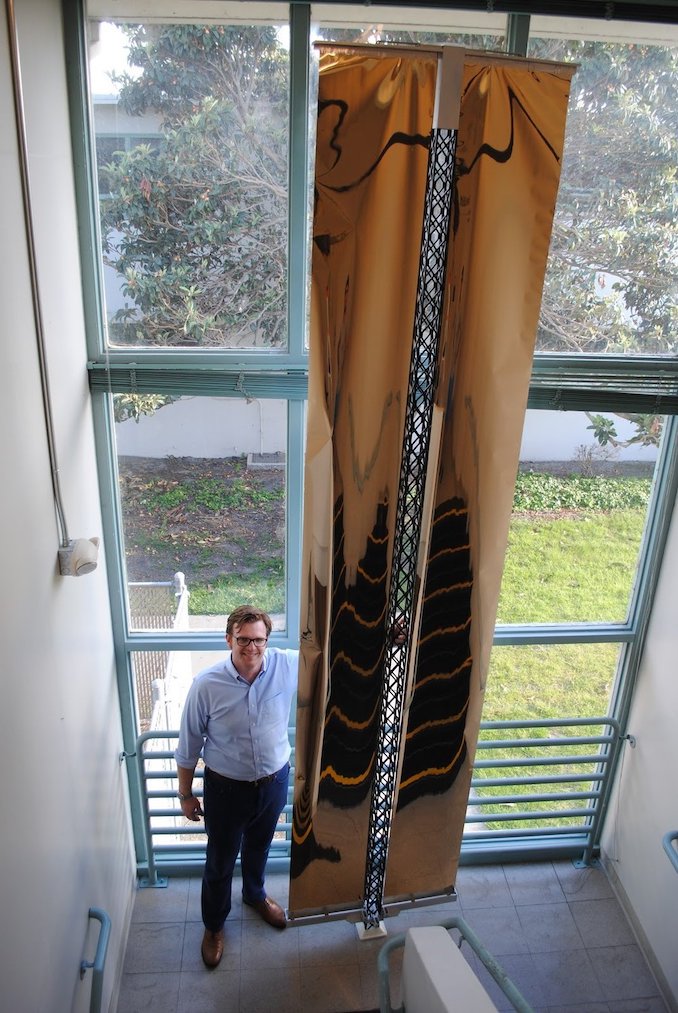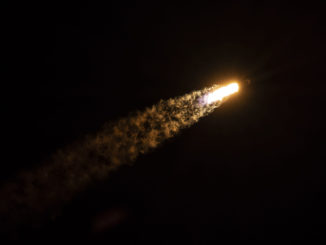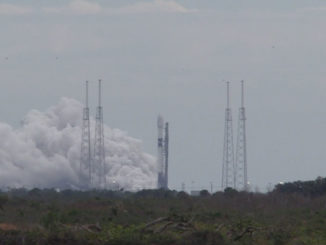NASA awarded a $73.7 million contract Friday to the California-based startup Made in Space for a 3D-printing demonstration using a free-flying small satellite to additively manufacture solar array beams in space.
Made in Space’s satellite mission, named Archinaut One, will have the ability to 3D-print its own structures in orbit.
The small satellite is set for launch no earlier than 2022 from New Zealand on a Rocket Lab Electron rocket, according to NASA.
The contract announced Friday is a continuation of NASA’s cost-sharing public-private partnership with Made in Space to develop the Archinaut in-space manufacturing technology. Made in Space initially worked on the Archinaut program as a ground demonstration in 2016, according to NASA.
A year later, Made in Space successfully 3D-printed structural beams in a test chamber at NASA’s Ames Research Center that simulates the temperature and vacuum conditions of space.
Archinaut One will 3D-print two beams that extend 10 meters (32 feet) from each side of the spacecraft, according to NASA.
“As manufacturing progresses, each beam will unfurl two solar arrays that generate as much as five times more power than traditional solar panels on spacecraft of similar size,” NASA said in a statement.
Made in Space touts the 3D-printed solar array booms as enabling for future power-hungry missions, which could use smaller spacecraft launched by less expensive rockets, and still produce the electricity of a much larger conventional spacecraft.

NASA said the in-space robotic manufacturing and assembly technology to be demonstrated by the Archinaut One mission could be important for future human expeditions to the moon and Mars, where astronauts will be far removed from ground-based supply chains for replacement parts and other equipment.
Manufacturing satellite components and structures in space could also reduce launch and transportation costs for future missions.
“In-space robotic manufacturing and assembly are unquestionable game-changers and fundamental capabilities for future space exploration,” said Jim Reuter, associate administrator of NASA’s space technology mission directorate. “By taking the lead in the development of this transformative technology, the United States will maintain its leadership in space exploration as we push forward with astronauts to the Moon and then on to Mars.”
An in-space manufacturing capability could also allow the construction and assembly of large communications antennas, telescopes and other structures, NASA said.
Made in Space has tested 3D-printing technology on the International Space Station to demonstrate the in-space manufacturing of astronaut tools and fiber-optic cables.
Archinaut One would be the company’s first 3D-printing demo on a free-flying satellite.
Made in Space says Northrop Grumman and Oceaneering Space Systems are subcontractors helping develop the Archinaut capabilities.
Email the author.
Follow Stephen Clark on Twitter: @StephenClark1.



